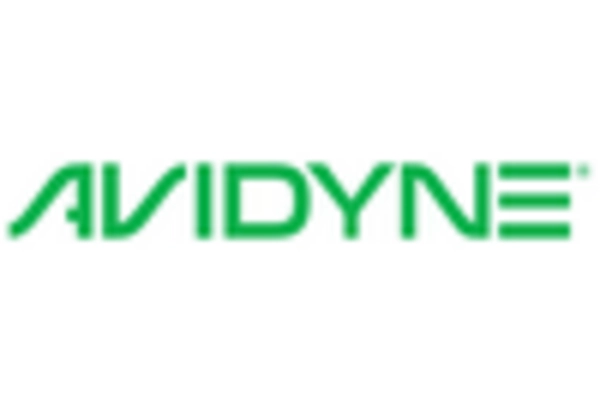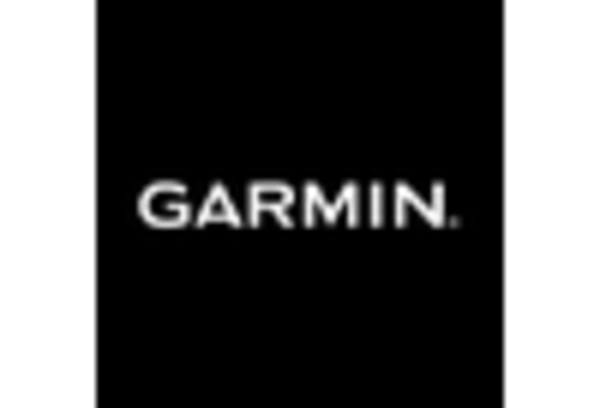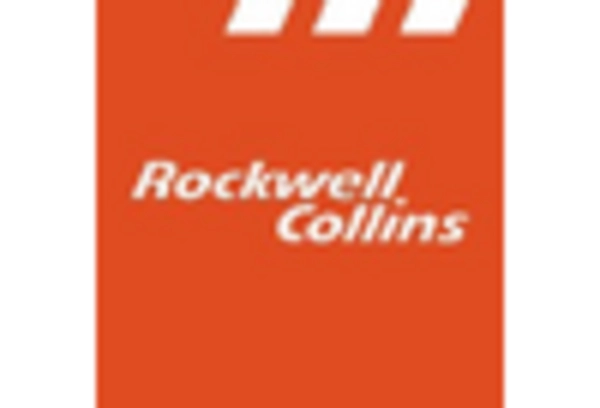Market Share
Aviation Beacons Technology Market Share Analysis
In the competitive landscape of the Aviation Beacons Technology market, market share positioning strategies are pivotal for companies aiming to gain prominence and establish a stronghold within the industry. Product differentiation stands as a primary strategy. Companies investing in research and development to offer advanced beacon technology, including LED-based systems with improved brightness, energy efficiency, and durability, distinguish themselves. By focusing on innovation, they position their products as cutting-edge solutions meeting evolving industry needs and regulatory standards.
Strategic partnerships and collaborations serve as significant market share positioning strategies within the Aviation Beacons Technology sector. Aligning with aviation authorities, airport operators, and infrastructure developers fosters partnerships crucial for market penetration and expanding reach. Collaborations enable companies to offer comprehensive solutions tailored to specific industry requirements, strengthening their market presence and enhancing credibility.
Moreover, customization and adaptability are crucial factors in market share positioning. Companies providing beacon technology solutions adaptable to various environments, including airports, tall structures, wind farms, and UAV operations, cater to diverse market segments. Offering customizable products and tailored services that meet specific client needs and comply with varied regulatory requirements positions companies as versatile providers in the market.
Brand reputation and successful deployments are instrumental in market share positioning strategies. Companies with a history of successful installations, reliable performance, and adherence to safety standards build credibility and trust. A strong brand built on reliability, efficiency, and a proven track record positions companies as leaders in the aviation beacon technology sector, driving market share growth and customer loyalty.
Economic viability and competitive pricing strategies play a significant role in market share positioning. Companies formulating cost-effective solutions and adopting competitive pricing models gain an edge in the market. Offering value-for-money solutions without compromising on quality positions companies as attractive options for customers seeking both efficiency and affordability.
Additionally, technological innovation and continuous improvement efforts serve as crucial market share positioning strategies. Companies investing in research and development to enhance beacon technology, such as integrating smart features, remote monitoring capabilities, and predictive maintenance, position themselves as innovators driving the industry forward. These advancements create a competitive advantage, attracting customers seeking state-of-the-art solutions.
Environmental sustainability initiatives also influence market share positioning in the Aviation Beacons Technology market. Companies prioritizing eco-friendly beacon solutions, particularly LED-based systems known for their energy efficiency and reduced environmental impact, align with industry trends favoring sustainability. Positioning as providers of environmentally conscious beacon technology caters to the increasing demand for green solutions within the aviation sector.
In conclusion, market share positioning strategies in the Aviation Beacons Technology market encompass product differentiation through innovation, strategic collaborations, adaptability, brand reputation, competitive pricing, technological advancements, sustainability initiatives, and continuous improvement efforts. The convergence of these strategies enables companies to carve out a distinct market presence, gain a competitive edge, and solidify their positions as leading providers of reliable, efficient, and innovative beacon technology solutions crucial for ensuring safety and navigation within the aviation industry.

















Leave a Comment